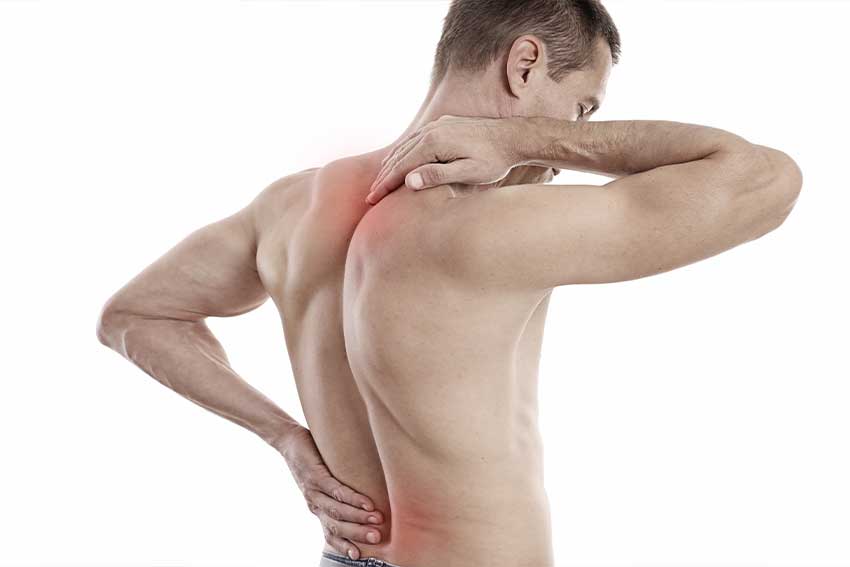Types of Knee Pain
When cycling, the knee is the joint that endures the bulk of pedal force. Over time, this can be aggravated in a number of ways to cause pain, discomfort and soreness. Below are the types of knee pain you may have experienced:
- Pain in the back of the knee: Is your saddle too high or too far back? If so, this can cause your knee to be overextended when you cycle. Tight hamstrings can also be a cause of this type of pain.
- Pain in the front of the knee: This pain is often caused by your saddle position and/or height. Alternatively, it can be caused by crank arms that are too long.
- Pain on the inside and outside of the knee: When you experience this kind of pain, the most likely reason is cleat position. When pedaling, ideally, your legs should be aligned straight instead of to the left or right.
Preventative Measures
It may seem like some level of knee pain is inevitable when cycling, particularly if you do so often. However, there are some preventative measures you can take:
- Work out your speed slowly but surely. If you are going to be covering a long distance some months later, train by increasing your speed and the distance you cover gradually instead of going for it all in.
- Stretch your muscles frequently. When your muscles are too tight, they can be more easily aggravated by the motion of pedaling. In addition, it may help you to notice which parts of your leg are tight in adjusting your position.
- Get chiropractic treatment for any pain, soreness or stiffness you experience timely. Failure to do so can result in the problem worsening over time and possibly even requiring a period of downtime.
Come to RejuvenX for Knee Pain Treatment
If you suffer from knee pain as a cyclist, there are remedies and treatments available to you. You do not have to suffer in silence: come to RejuvenX for the rehabilitative treatment you need to regain your full range of mobility and minimize the pain you experience. You can be assured that we always strive to understand your individual condition, needs and concerns before recommending a treatment plan that will work for you. If you have any queries or would like to schedule an appointment, please feel free to contact us.





